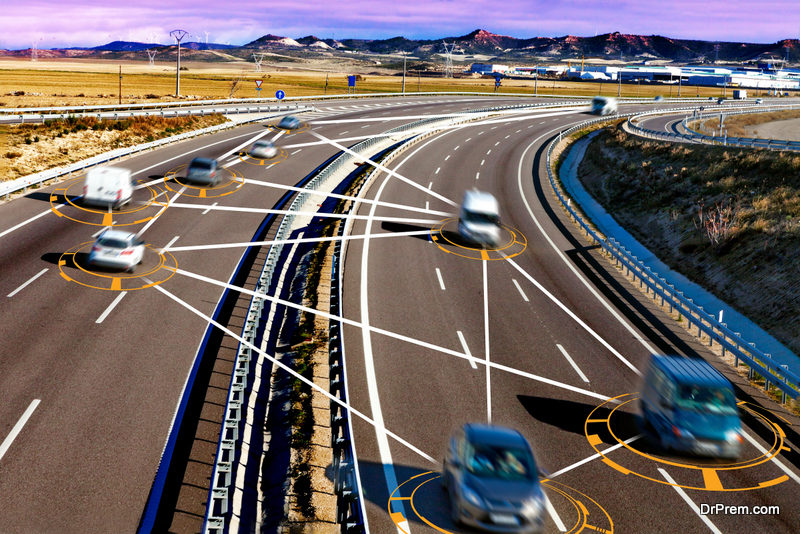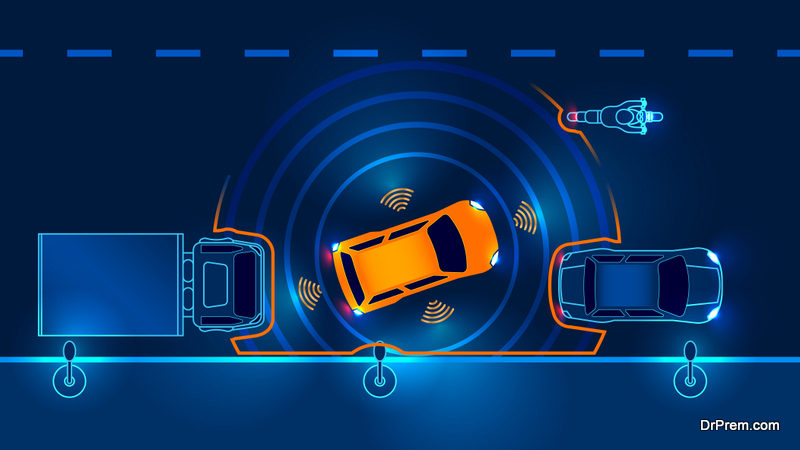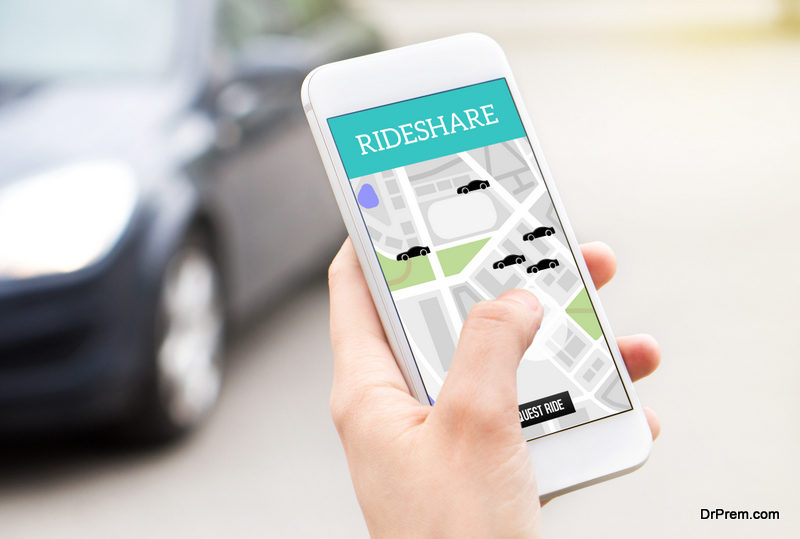The ridesharing industry has undergone dramatic changes and shifts since it first made waves in the transportation industry. The changing landscape of the rideshare industry indicates a strong future for ridesharing companies, riders, and drivers. In fact, experts predict that by 2030, the ridesharing industry will grow by 900%, with a value of $285 billion. With that in mind, here’s what you can expect in the future of ridesharing:
1. Self-Driving Cars
 One of the most-talked about aspects of the future of automobiles is self-driving cars. Uber announced that it was partnering with Volvo to begin testing self-driving cars, with the intention of a full rollout by 2021. Self-driving cars will be fully equipped with sensors, cameras, lasers, GPS receivers, and much more.
One of the most-talked about aspects of the future of automobiles is self-driving cars. Uber announced that it was partnering with Volvo to begin testing self-driving cars, with the intention of a full rollout by 2021. Self-driving cars will be fully equipped with sensors, cameras, lasers, GPS receivers, and much more.
There are other self-driving cars on the road, too. Google, BMW, and Toyota are just a few of the companies spearheading self-driving car missions. While the technology is currently there, refinements and further testing are in progress. Another major hurdle is consumer education, as many people still aren’t comfortable with driverless cars, and it could be a couple more years before a transition is possible.
2. Rideshare-Dedicated Vehicles
There are many people who have a license but do not own a vehicle. With the immense growth of the ridesharing industry, more companies are opting to offer vehicle rentals dedicated to drivers looking to gain extra profits. General Motors was one of the first manufacturing companies to test this with a service called Maven Gig.
With Maven Gig, individuals who don’t own a vehicle could rent a Chevy Bolt for around $230 per week, which would allow them to use the vehicle to make money ride sharing for its list of approved companies. These companies include Lyft and Uber. That weekly price includes any maintenance, insurance, and electrical charging.
Uber also partnered with Enterprise Rent-a-Car to offer a similar type of rental service. In the future, more rental car companies and manufactures will capitalize on the ridesharing gig economy by offering temporary vehicles to those seeking extra profit.
3. Enhanced Safety Devices
 Although the majority of ridesharing trips occur without incident, this doesn’t dispute the fact that accidents and bouts of crime are prevalent. In the future, technology will address the need for higher safety protocols for passengers, drivers, and other vehicles on the road.
Although the majority of ridesharing trips occur without incident, this doesn’t dispute the fact that accidents and bouts of crime are prevalent. In the future, technology will address the need for higher safety protocols for passengers, drivers, and other vehicles on the road.
In September 2018, Uber announced a slew of features on its app, such as an alert that warns a driver when they’re going too fast, the ability to share your location and trip journey with loved ones, and the ability to contact 911 directly through the app. At a demo Uber used to help promote its lineup of safety features, the company played real audio of a woman who passed away after being trapped in a car and unable to tell authorities where she was. With the new in-app help system, users could contact police, who would be able to locate them right away through the GPS.
For some, early safety efforts are slightly arbitrary, and drivers have taken some of the safety into their hands. Road accidents are a major concern. For example, one Uber driver and passenger were injured after they were hit by a truck driver who sped past a red light in Nashville. “Although today’s vehicles are equipped with technology to help prevent accidents, many drivers are going the extra mile to ensure they’re safe,” says Williams Kherkher, a Houston tanker truck accident attorney.
There are many safety devices aim to curb harrowing car accident statistics that plague roads. For instance, Advanced Driver Assistance Systems (ADAS) are able to warn vehicles when other cars and trucks are approaching a blind spot, provide lane departure warnings, collision alerts, automatic braking, and much more. Additionally, dash cams provide ease of comfort for everyone in the car.
4. Predictive Analytics
Predictive analytics will play a major role in understanding consumer behavior and matching that behavior to ride sharing needs. By using artificial intelligence and deep learning, ride sharing companies will be able to predict when a person is going to request a ride before they request it. The ability to predict ride demand will be increasingly important for ride sharing companies as they compete for growth in the market.
Researchers will use historical data combined with personal data to make better informed decisions on two fronts: understanding how a particular customer will make decisions and understanding how a group will make decisions. Ultimately, this would reduce customer wait times and ensure that cars are more likely to meet the demand.
Article Submitted By Community Writer




